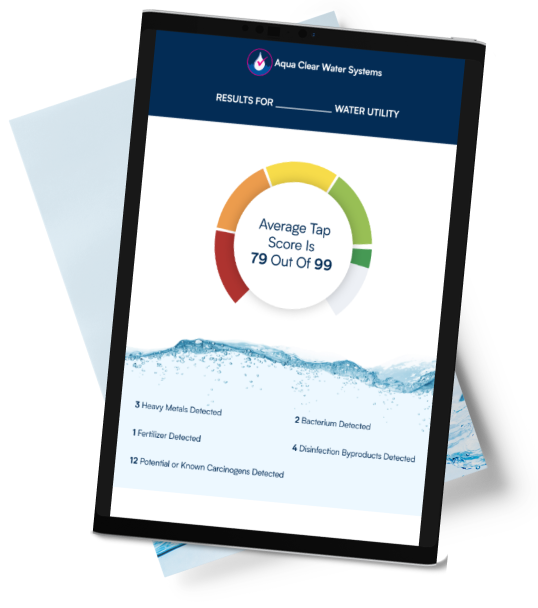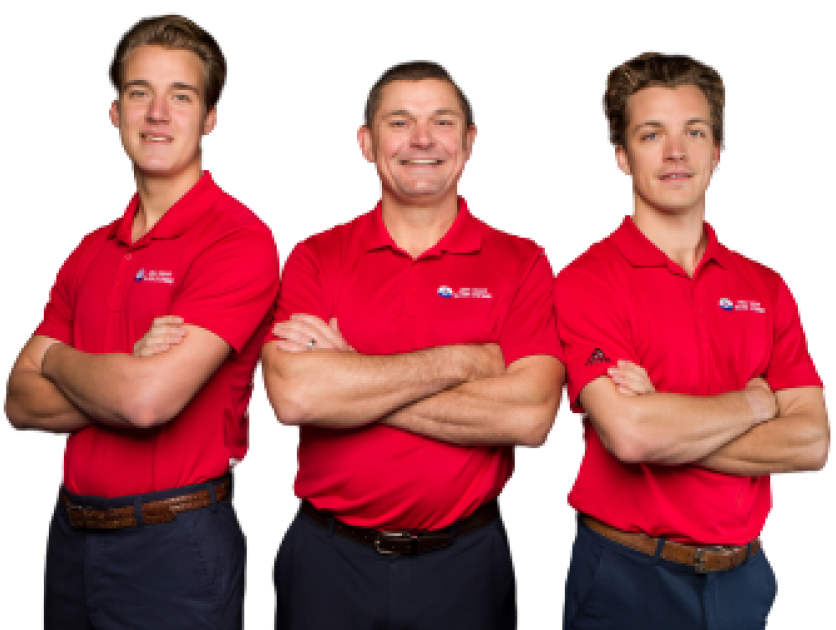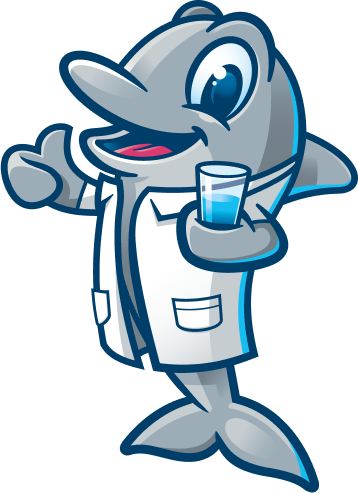If any part of your softener is in an unheated or occasionally heated space (garage, crawlspace, well house, pump shed, vacation cabin), protect it before temperatures hit freezing. Ice expansion can crack tanks, valve bodies, and fittings in hours.
Good rule: If the space can drop to 32°F (0°C) for more than a short spell, winterize or keep the area safely heated.
Before You Start
What you’ll need
- Clean tubing (¼–½ in.) long enough to reach the bottom of tanks
- Bucket(s) and towels
- Adjustable wrench and screwdriver
- Wet/dry vacuum (helpful, not required)
- Food-grade silicone grease for O-rings (optional)
- Marker and masking tape to label hoses you disconnect
Safety notes
- Unplug any accessories (booster pumps, heaters) and shut off power to heat lamps before working.
- Turn off water to the softener and open a downstream faucet to relieve pressure.
- Never add automotive antifreeze to any drinking-water equipment.
Winterizing a Kinetico Twin-Tank Softener
Kinetico systems are non-electric and demand-driven, but they still hold water in tanks, the valve, and the brine system. Your goal is to move brine into the resin, then drain or remove water from everything that can freeze.
1) Place the softener in brine draw (do not backwash yet)
- Bypass the softener briefly, then return to Service to relieve any trapped pressure.
- Initiate a regeneration and advance the control to the brine draw position (follow your model’s service wheel/valve markings).
- Draw brine into both the main and remote/secondary tanks.
- Do not allow the cycle to advance to backwash. The brine in the resin lowers the freezing point and protects beads.
Tip: If you’re unsure how to manually index your specific head, stop here and call us. Incorrect indexing can leave the system mid-cycle.
2) Remove valve heads and drain tanks
- Close the inlet valve and open a downstream faucet to release pressure.
- Place the softener in Bypass.
- Carefully remove the main and remote valve heads. Keep track of O-rings.
- Siphon water from each mineral tank using tubing down the riser tube to the tank bottom.
- If there’s a gravel underbed, do not tip the tank; siphon instead to avoid disturbing the bed and hub.
- If available, use a wet/dry vac on the tank opening to pull residual water.
3) Empty and prep the brine system
- Disconnect the brine line from the valve head and the brine tank.
- Remove the brine valve/float assembly from the tank well.
- Dump all water from the brine tank.
- Remove any wet salt. You can save it: let it dry or store in 5-gal buckets with tight lids.
- Vacuum out water from the brine well and lines.
- Lightly grease O-rings on the brine valve and cap; store parts in labeled bags.
4) Protect sensitive components
- Store the Kinetico valve head(s) and brine valve indoors in a heated area. Small pockets inside these assemblies can trap water; freezing can crack them.
- Cover open tank necks with clean plastic and a rubber band to keep debris out.
5) Drain lines and relieve traps
- Open low faucets and outside hose bibs to bleed remaining pressure.
- If there is a pre-filter canister upstream, remove the cartridge and drain the sump.
- If your install includes a meter, UV, or other add-ons, winterize those per manufacturer guidance.
Extra Protection for Harsh Cold
- Heat tape & insulation: On exposed pipes and the softener bypass pipes.
- Thermostatically controlled heat source: A ceramic heater or heat lamp with safety cage in well houses or pump sheds.
- Heater blankets / wind shields: For tanks in drafty garages.
- Floor insulation under brine tank: A rubber mat or plywood prevents cold transfer from concrete.
- Crawlspaces: Close vents and doors; use remote temp sensors to ensure the area stays above 40°F.
Special Cases
Vacation homes (short absences, above-freezing interior)
- Leave system in Service.
- Set thermostat ≥ 55°F and open vanity doors for airflow to plumbing.
- Consider turning off the ice maker and washing machine supply as a flood precaution.
Unheated properties / seasonal shutdown
- Follow the full winterization above.
- Also drain the water heater, toilet tanks, and any exterior lines per plumbing best practices.
What Not to Do
- Do not put automotive or RV antifreeze into a potable water softener or brine tank.
- Do not backwash immediately after brine draw during winterization, that removes the protective brine.
- Do not tip mineral tanks with gravel underbeds, this can dislodge internals.
- Do not leave the brine float or valve in a freezing location with trapped water.
Quick Checklist (Print This)
Shut-down
- Water off to softener; downstream faucet opened
- Brine draw completed (no backwash)
- Valve heads removed and stored warm
- Mineral tanks siphoned/drained
- Brine tank emptied; wet salt removed/stored
- Brine valve/float removed, lines drained, O-rings greased
- Prefilter sump emptied (if present)
- Bypass left in Bypass; open caps on drain points closed/secured
- Space insulated or supplemental heat set with thermostat
Space hardening
- Heat tape/pipe insulation installed
- Drafts sealed; vents closed (crawlspaces)
- Heater/heat lamp positioned safely; tip-over and overheat protection verified
How to De-Winterize in Spring
- Reinstall valve head(s) with clean, lubricated O-rings; reconnect brine line and float.
- Rinse brine tank, add fresh solar salt; fill to manufacturer’s recommended level.
- Slowly pressurize: turn water on part-way, check for leaks, then fully open.
- Regenerate twice back-to-back to fully rehydrate resin and purge air.
- Run cold water at a tub or laundry sink for 5–10 minutes to clear air and fines.
- Test hardness at a faucet to confirm softening performance; adjust salt dose if needed.
FAQs
Do I have to winterize if my softener is in a garage?
Yes, unless the garage is maintained above 40–45°F during cold snaps. Garages can drop below freezing overnight.
Can I just keep a space heater near the unit?
You can, but it must be thermostatically controlled, clear of combustibles, and on a GFCI-protected outlet. Power outages still pose a risk. Physical winterization is safer for unattended properties.
Will brine harm my resin if it sits all winter?
No. Leaving the bed in a brined state is standard for freeze protection and storage. You will regenerate twice at startup.
My brine tank froze last year, what now?
Do not chip ice with tools. Bring gentle heat to the room, not the tank. Once thawed, empty the slush, clean the tank, inspect the float/valve, and consider a floor mat and better room heating for next year.







